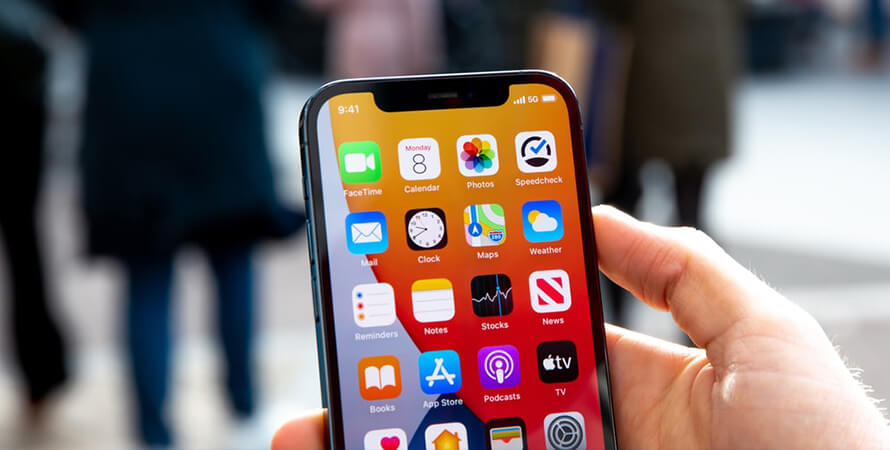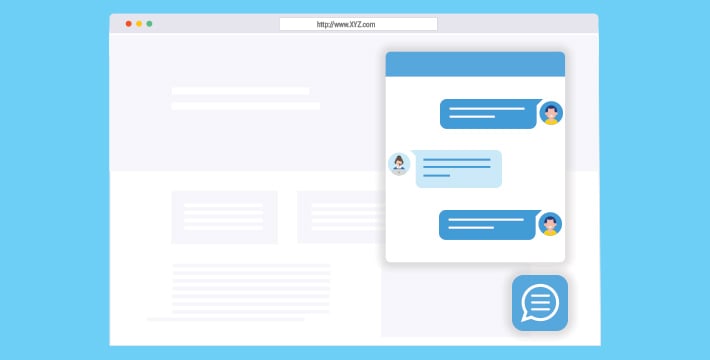
In the last decade, blogging has come a long way from 'online journaling' and corporate resource pages. Not only does every modern marketing team need a professional blogger, but there's also tons of money to be made from independently writing your own content and building a personal readership.
However, not everyone understands how to make the 'leap' from filling pages on a private website to actually making money through that writing.
Many people still see private blogging as more of a diary while 'inbound marketing' requires you to have a product to sell. Neither of these things are true. In reality, any person or business that can build a reader following can make money with their blog alone, and your blog doesn't even have to be about any specific topic or group of topics to become profitable.
Today, we're here to share the six leading ways to make money with a growing blog following. Whatever your blog is about, however many readers you have, and no matter who contributes to the writing, these methods work for any online publication with people who 'tune in' regularly to enjoy your content.
1) Selling Digital Content
The whole idea of a successful blog is to create content that people want to read. Whether you are writing about mom tricks, software development, or expert carpentry, your readers want the information you have to share. Your blog is a great way to bring in readers and show your stuff for a general audience. And if you leave them wanting more, this is the ideal opportunity to start politely monetising your blog.

Create digital content. This can include e-books, whitepapers, infographics, and even videos. And while your blog might be free to the public, a small fee for your more specialised content is perfectly reasonable. Let's say you write a web design blog with general tips and best practices for a general audience.
From there, you can easily sell e-books for more technical topics like how to design in specific programming languages or info-graphics that clearly explain complicated technical concepts. These additional resources are for professionals (and self-learning individuals) who are interested in more than just the general knowledge you choose to share for free.
2) Banner Ads
While selling e-books is one of the best ways to monetise, banner ads are most assuredly the oldest. In the earliest days of the (public) internet, banner ads were the primary way for websites to make money from their customers and readership, but the ads themselves were pretty tacky. (Remember the animated monkeys and copious digital glitter?) Fortunately, banner add design has improved a great deal in the last two decades, and it is now easy to either work through Google Ads or find a few marketing partners who will pay you to get your reader's eyes on a few respectable advertising images.
For the most part, banner ads earn you money based on views, not clicks.
3) Affiliate Links
Affiliate links are a for-profit blogger's best friend if you use them wisely. An affiliate is a company with something to sell who you partner with to help them make sales. Traditionally, you use anchor text like this that leads to the sale page for a product or service. When a reader clicks that link and then chooses to purchase, you get paid for bringing business to your affiliate.
Here's the key to not feeling like a shill: Only make affiliate partnerships with brands and products you would already support. As I've mentioned in previous content, affiliate links work best when you'd already be making a referral or happily linking your readers to a product page. If you have a favourite image editing program, a brand of baking pan you always use, or a type of glue that solves many of your professional problems, reach out and see if they want to pay you for your glowing recommendations.
4) Paid Guest Content
When an independent blog starts building a large readership following, you rise in the ranks in terms of sharing your content with other websites. Initially, you may share your content and write guest blogs for free because you could use the exposure from more popular blogs. But when your readership is equally large (or at least comparable), it's reasonable to start charging for your guest work.
The best way to get paid is to wait until another website reaches out to host your content, but that doesn't stop you from seeking your own business partners as well. The idea here is that since the other website would benefit from your re-directed readership and the power behind your name as a blogger, they will be willing to pay for your presence. Just be ready to match the payment protocol if you host a guest writer with a strong following.
5) Product Sales
Next is selling your own products. For most entrepreneurs, this goes the other way around. First, they have a product to sell; then they build an engaging blog that is made to transform interested readers into paying customers. But you can absolutely start with a blog instead. If your blog gains a high amount of regular traffic, and especially if there are a few 'inside jokes' that would look good on a coffee mug, consider merchandising!

Many webcomics and other blogs have done this, and all you need is a few bulk orders of printed mugs, t-shirts, and similar swag if you don't already have a product to sell. Just be sure to check with your readership before investing in products to make sure you know what they are willing (and eager) to buy.
6) Courses and Webinars
Finally, there's the option of writing and selling lessons. Many bloggers who start with offering ebooks and whitepapers eventually move on to create and sell full-blown courses in whatever they have successfully blogged about. It's safe to assume that dedicated readers want to know more about your topic of choice and many, given a chance, would take an affordable course written by a writer they enjoy to improve their skills. For the social type, a hosted webinar with a chatbox question answering is even better.

If you enjoy 'teaching' your readers through your blog, consider taking the time to actually write a course that readers could take themselves through. Include a combination of written material, presentations (easy to make with free software), and worksheets/exercises/quizzes your students can walk themselves through after paying for the material.
In the age of inbound marketing and digital content, there are a surprising number of ways to monetise a blog. Whether you are an individual or a business, compelling articles have value both inherently and in their ability to attract readers for other purposes. For more helpful tips and professional insights inbound marketing, contact us today!






